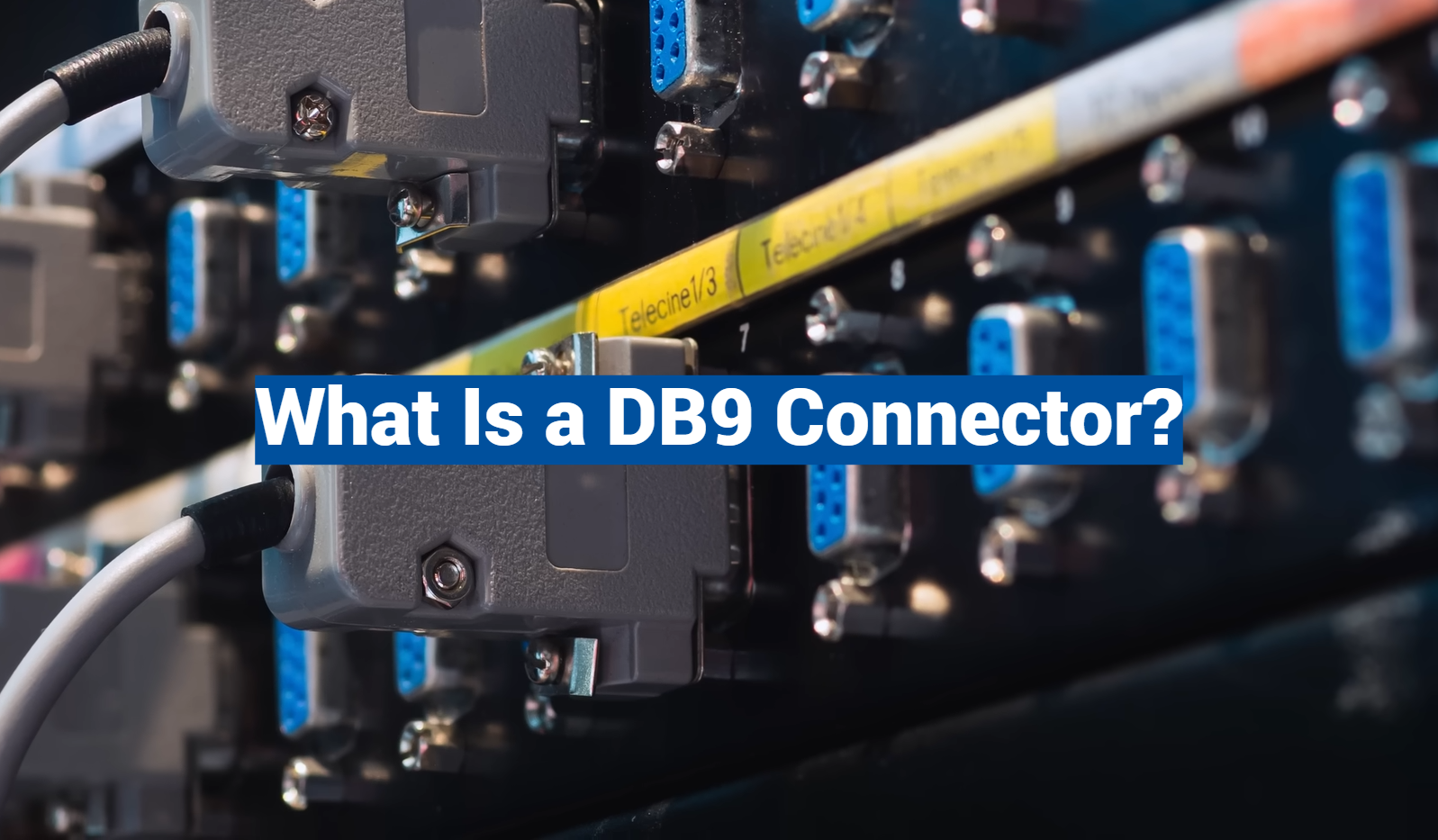In a world driven by connectivity, the importance of having the right tools to bridge the gaps between devices and systems cannot be underestimated. Enter the DB9 connector – a marvel of innovation that has revolutionized the way information is transmitted and shared. This comprehensive guide is your go-to resource for understanding everything there is to know about this compact yet mighty connector. From its origins to its various applications, this guide has got you covered. Whether you’re a tech enthusiast or simply someone fascinated by the intricate workings of modern communication, prepare to be amazed as you dive into the captivating realm of the DB9 connector.
What is a DB9 Connector?
The DB9 connector is typically used to connect a computer’s serial port to another piece of hardware, such as a modem or printer. It consists of nine pins that are arranged in two rows and can be connected via an RJ-45 cable. The pins are spaced out evenly along the edge of the connector, which makes it easy for users to identify each pin. The pins are numbered from one to nine, with the odd-numbered pins being in the first row and the even-numbered pins in the second row.
The DB9 connector is also used in some home theater systems to connect various audio and video components. It provides a reliable connection that can be used for streaming audio, video, and other data. Additionally, many gadgets and gaming consoles also use the DB9 connector to facilitate connection with other devices.
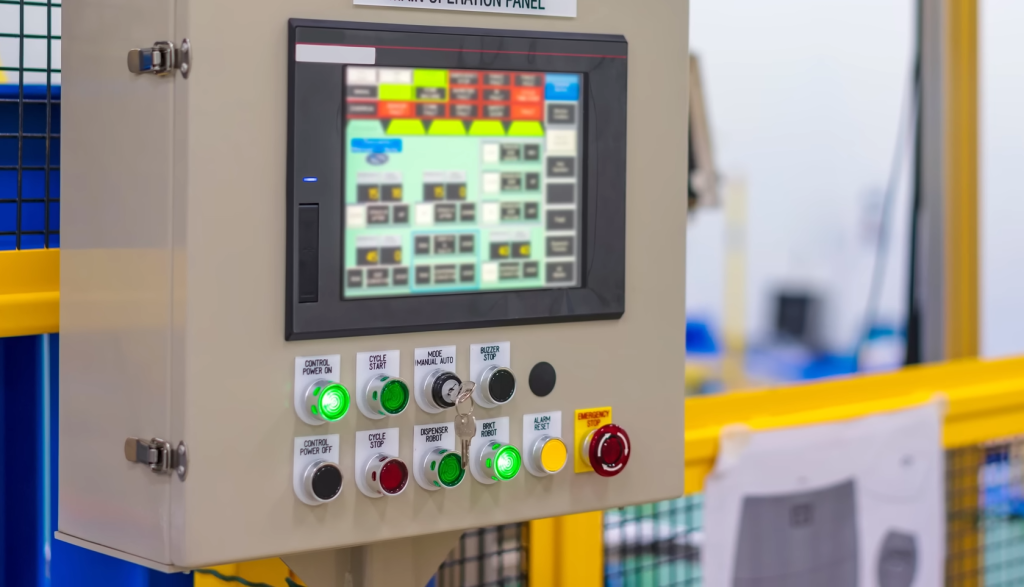
Overall, the DB9 connector is a reliable and commonly used interface that allows for efficient data transmission between different electronic components. It is found in a variety of devices, from PCs and Macs to gaming consoles and home theater systems. Thanks to its robust design and easy identification of the pins, the DB9 connector is a great choice for a variety of applications [1].
Where are DB9 Connectors used?
Communication ports
DB9 connectors, also known as D-subminiature connectors, are extensively utilized to establish connections between different communication ports, such as RS-232 or V.24 ports. These connectors, with their characteristic 9-pin design, have been a popular choice for a wide range of devices throughout history.
One example of a device that relies on DB9 connectors is the old modem, which used this type of connection to establish communication with other devices. However, DB9 ports were not limited to modems alone; they were widely implemented in early computer systems, serving as a primary means of connecting various serial peripherals. This included devices such as mice, keyboards, and joysticks, enabling users to interact with their computers more intuitively.
The versatility and reliability of DB9 connectors made them a staple in the realm of serial communication, playing a crucial role in the development and expansion of early computer systems.
Network port
In addition to communication ports, DB9 connectors are also used in network port connections. This type of connection enabled computers to establish a local area network (LAN) or wide area network (WAN), allowing multiple users to access and share the same resources within a given space. By providing this solution, DB9 connectors contributed to the development of many key networking protocols used today.
Furthermore, DB9 connectors are also used in console ports, which enable users to access the command line interface (CLI) of networking devices, such as routers or switches. This allows them to manage and configure a network more efficiently.
In summary, DB9 connectors offer a reliable solution for establishing serial communication connections between various types of electronic devices. As such, they are an important component in the development of modern communication and networking technology.
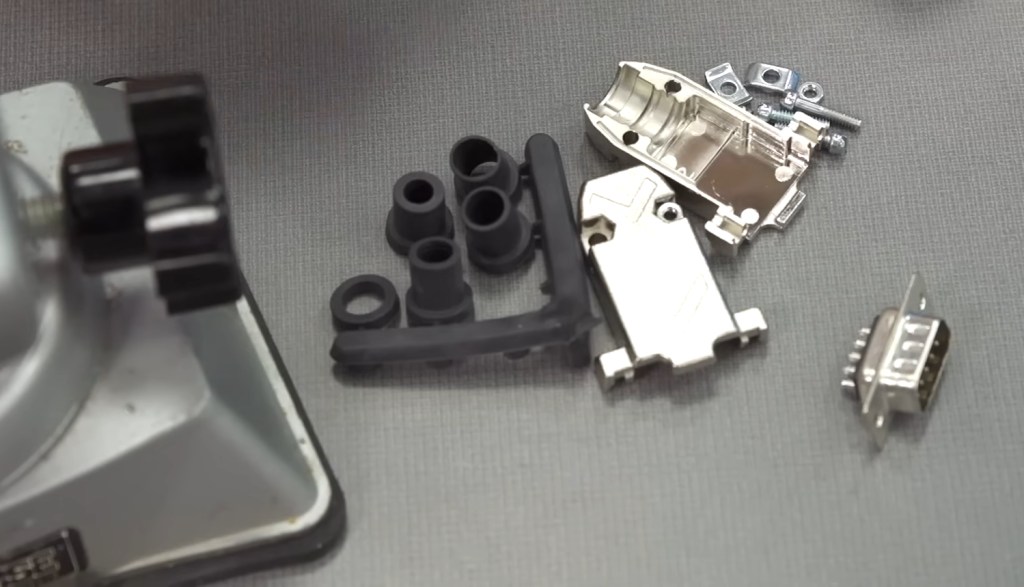
Computer video output, game controller port
Another application of DB9 connectors is in computer video output. This connection allows a computer to display contents on an external monitor, thus providing a larger viewing space for users.
In addition to video output, DB9 connectors are also used in game controller ports. By connecting a game controller with the right port, gamers can interact with their games more intuitively. Moreover, this type of connection allows multiple players to join a game session simultaneously, enabling them to enjoy their favorite games with friends and family.
All in all, DB9 connectors have proven themselves to be a reliable solution for various applications that require serial communication connections. Their versatility and robustness make them an essential part of the modern computer system [2].
DB9 Engineering option
DB9 DSUB connector with Solder Contacts
The DB9 DSUB connector, also known as a DE-9 connector, is widely recognized as one of the most commonly used connectors in engineering. Its popularity stems from its versatility and compatibility with a wide range of applications. This type of connector features solder contacts that are meticulously crafted from high-quality copper, ensuring excellent conductivity and durability. To further enhance its performance and longevity, these contacts are meticulously coated with a thin layer of nickel, providing reliable protection against oxidation and corrosion.
Engineers and professionals in various industries rely on the DB9 DSUB connector due to its seamless compatibility with standard equipment and components. Whether it’s used in telecommunications, industrial automation, or computer systems, this connector consistently delivers exceptional performance and reliability. The soldering process required for connecting the DB9 DSUB connector is relatively straightforward and can be easily accomplished using basic soldering tools, making it accessible to both seasoned professionals and DIY enthusiasts.
In summary, the DB9 DSUB connector stands as a trusted and widely adopted choice in engineering projects. Its robust construction, compatibility, and ease of use make it an indispensable component for ensuring seamless connectivity and effective data transmission in a variety of applications.
Terminal Block Connectors
Terminal block connectors are also a popular choice for engineering projects. These types of connectors offer superior reliability and durability, making them an ideal choice when designing complex systems such as data centers or industrial machines. The terminal blocks have pins that accept multiple wires and can be used to create a variety of wiring configurations. They are also easy to install and require minimal maintenance, making them a great option for engineers who want to create projects that have a long life span.
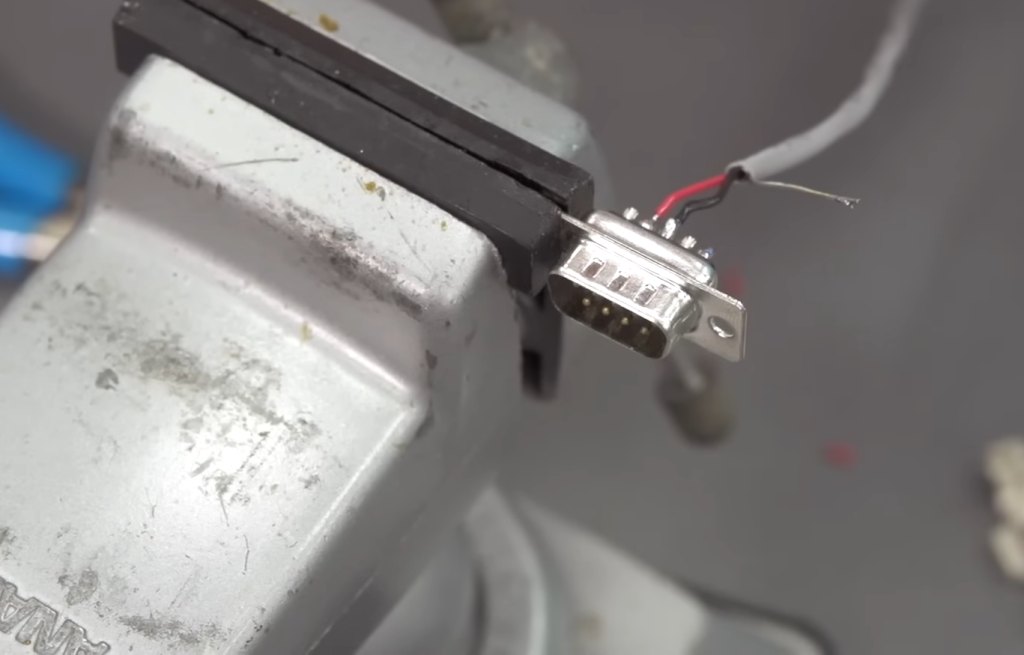
DB-9 DSUB connector with Insulation displacement contacts (idc or i.d.c)
The DB-9 DSUB connector with Insulation displacement contacts, also known as idc or i.d.c, is a highly sought-after choice for engineering projects due to its exceptional reliability and performance. This type of connector is specifically designed with insulation displacement contacts, which not only ensure reliable connectivity but also offer superior performance in a wide range of environments. The contact points are meticulously crafted using gold-plated copper, providing optimal conductivity, while the insulating layer of plastic acts as a protective barrier, safeguarding against oxidation and corrosion.
Moreover, this versatile connector is engineered to be compatible with various types of equipment, making it an ideal choice for creating intricate systems or data centers. Additionally, the insulation displacement contacts streamline the termination process, allowing for the simultaneous termination of multiple wires, thereby significantly reducing installation time. The DB-9 DSUB connector with Insulation displacement contacts truly exemplifies excellence in engineering and is a trusted solution for countless projects worldwide.
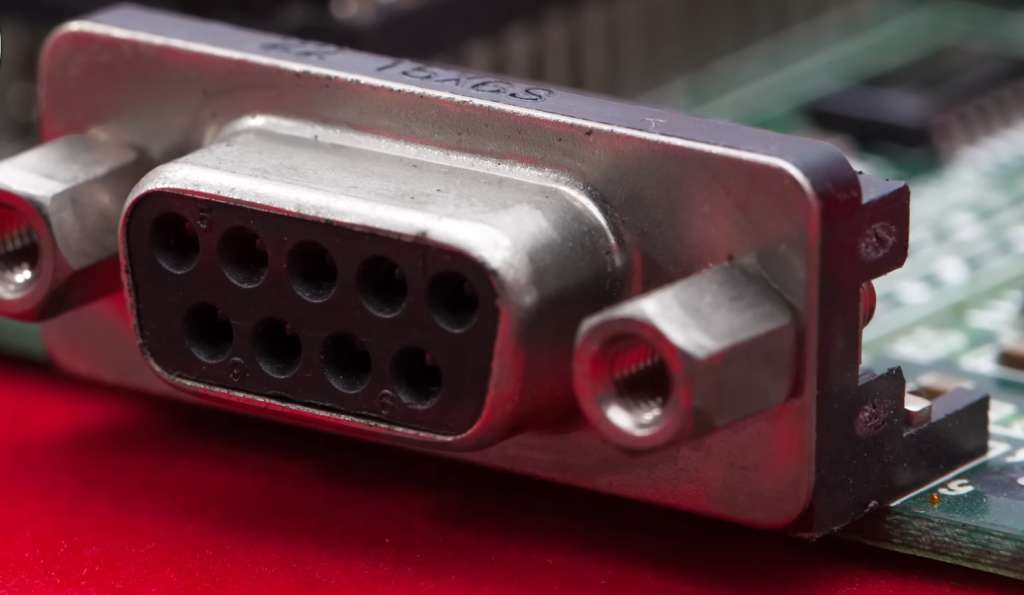
DB9 DSUB connector with Crimp contacts
The DB9 DSUB connector with Crimp contacts is an excellent choice for engineering projects that require high performance and durability. This type of connector has crimped contacts that are meticulously crafted from high-quality copper or aluminum, ensuring optimal conductivity and long-lasting reliability. Each contact is further enhanced with a protective layer of robust plastic, meticulously applied to shield against oxidation and corrosion, guaranteeing uninterrupted performance even in challenging environments.
The crimp contacts not only provide exceptional electrical connectivity but also offer unparalleled convenience during installation. With their user-friendly design, terminating multiple wires becomes a breeze, significantly reducing installation time and effort. Moreover, these versatile contacts are engineered to be compatible with a wide range of equipment, making the DB9 DSUB connector with Crimp contacts the perfect choice for various engineering projects.
With its unmatched combination of performance, durability, and ease of use, the DB9 DSUB connector with Crimp contacts is the go-to solution for demanding engineering applications. Whether it’s in aerospace, telecommunications, or industrial settings, this connector ensures reliable and efficient connections that stand the test of time.
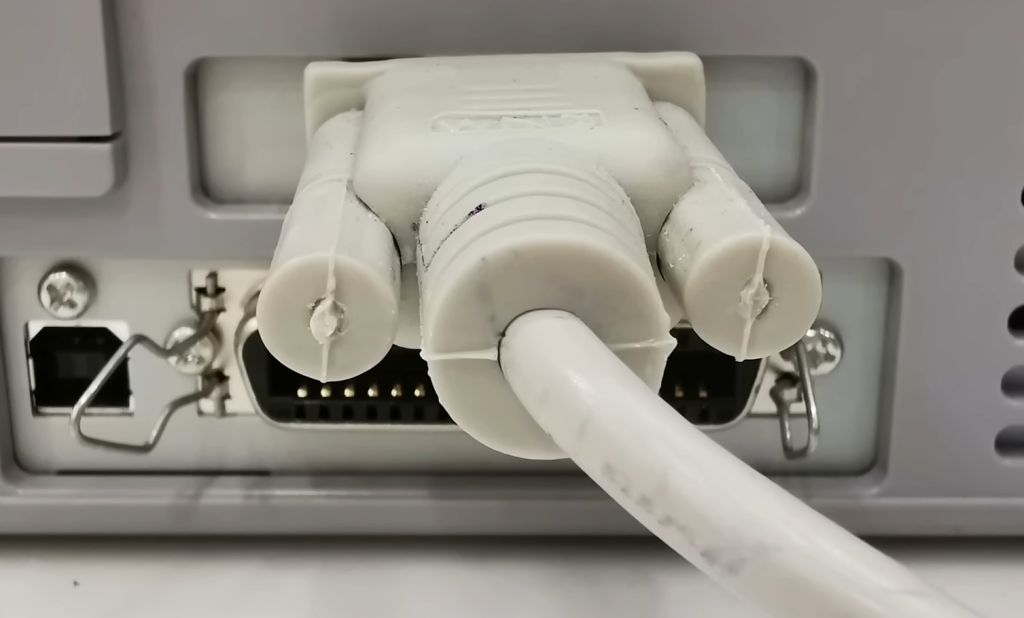
FAQ
What is the use of the DB9 connector?
The DB9 connector is a very versatile and durable connection method commonly used in industrial applications, as well as consumer electronics. It provides a secure physical connection between two devices, allowing for data transmission. The most common use of the DB9 connector is to connect computers or peripherals, such as keyboards and mice. This connector can also be used to connect serial printers, barcode readers, modems, and other devices. Due to its robust design, the DB9 connector can also be used in high-vibration applications, such as in aircraft or automotive environments. With all of these features combined, the DB9 connector has become an invaluable component for many different industries.
What is the difference between a DB9 connector and an RJ45 connector?
The DB9 connector is a 9-pin female serial port used to connect two devices. It features a small form factor and is commonly used for computer or peripheral connections. On the other hand, an RJ45 connector is an 8-pin male network port typically used to connect computers to networks. This type of connection is more secure than a DB9 connection and can be used for data transfer at speeds up to 1Gbs. Additionally, the RJ45 connector is not limited to just computers and peripherals; it can also be used with other network-enabled devices such as routers, switches, and printers. In summary, the main differences between these two connectors are their size, pinout configuration, and intended use.
What kinds of cables are compatible with the DB9 connector?
The DB9 connector is compatible with a variety of cable types, including serial, parallel, coaxial, and fiber optic cables. Serial cables are the most common type used with this connector and come in both shielded (STP) and unshielded (UTP) varieties. Parallel cables are also used in some applications, although they are not as common as serial cables. Coaxial and fiber optic cables are typically used for specialized applications that require high data rates or long cable runs.
Regardless of the type of cable chosen, it is important to make sure that the pins on the DB9 connector match up with those on the device it is connecting to. This is essential for ensuring reliable data transmission between the two devices.
What are the advantages of using a DB9 connector?
The DB9 connector offers several benefits over other connection methods, making it an ideal choice in many different applications. It is a very robust and reliable connection method that can be used in harsh environments, making it perfect for industrial applications. Additionally, the DB9 connector is small and compact, allowing it to be used in tight spaces without sacrificing performance. Furthermore, this connector can support data transfer rates up to 115Kbps – more than enough for most consumer electronics and industrial applications. Finally, the DB9 connector features a simple pinout configuration that is easy to understand and work with.
Is VGA and DB9 the same?
No, VGA and DB9 are not the same. The VGA connector is a 15-pin male analog video plug that is used to connect displays or computers with VGA ports. It features three rows of five pins each, giving it a total of 15 pins. On the other hand, the DB9 connector is a 9-pin female serial port commonly used to connect computers and peripherals. This port features three rows of pins, two on top and one on bottom, giving it a total of nine pins. While both connectors are used for connecting devices, they serve different purposes and are not compatible with each other.
Is DB9 the same as RS232?
No, DB9 and RS232 are not the same. The DB9 connector is a 9-pin female serial port used for connecting computers or peripherals with a DB9 port. On the other hand, RS232 (or EIA/TIA-232) is an electrical signaling standard that governs data transmission over serial ports such as the DB9 connector. In other words, while the DB9 connector is a physical connection method, RS232 is an electrical signaling standard used to regulate serial data transmission between two devices. As such, both are required for proper communication over serial ports and cannot be substituted for one another.
Conclusion Paragraph
So, DB9 connectors are special connectors designed for use in serial communications. They feature nine pins arranged in a single row, with the pin pitch varying from 1.27mm to 1.90mm. DB9 Connectors are widely used in applications such as modems, computers and industrial machinery where reliable and consistent connection is essential. Despite their widespread use, some users may find them difficult to install or troubleshoot. Fortunately, there are many tutorials available on the internet to help users with this task. With some time and patience, DB9 connectors can be used effectively in any application.
Useful Video: Serial Ports Are STILL Around!
References:
- https://edac.net/products/db9-connector/145
- https://www.kynix.com/Blog/db9-connector-introduction.html

